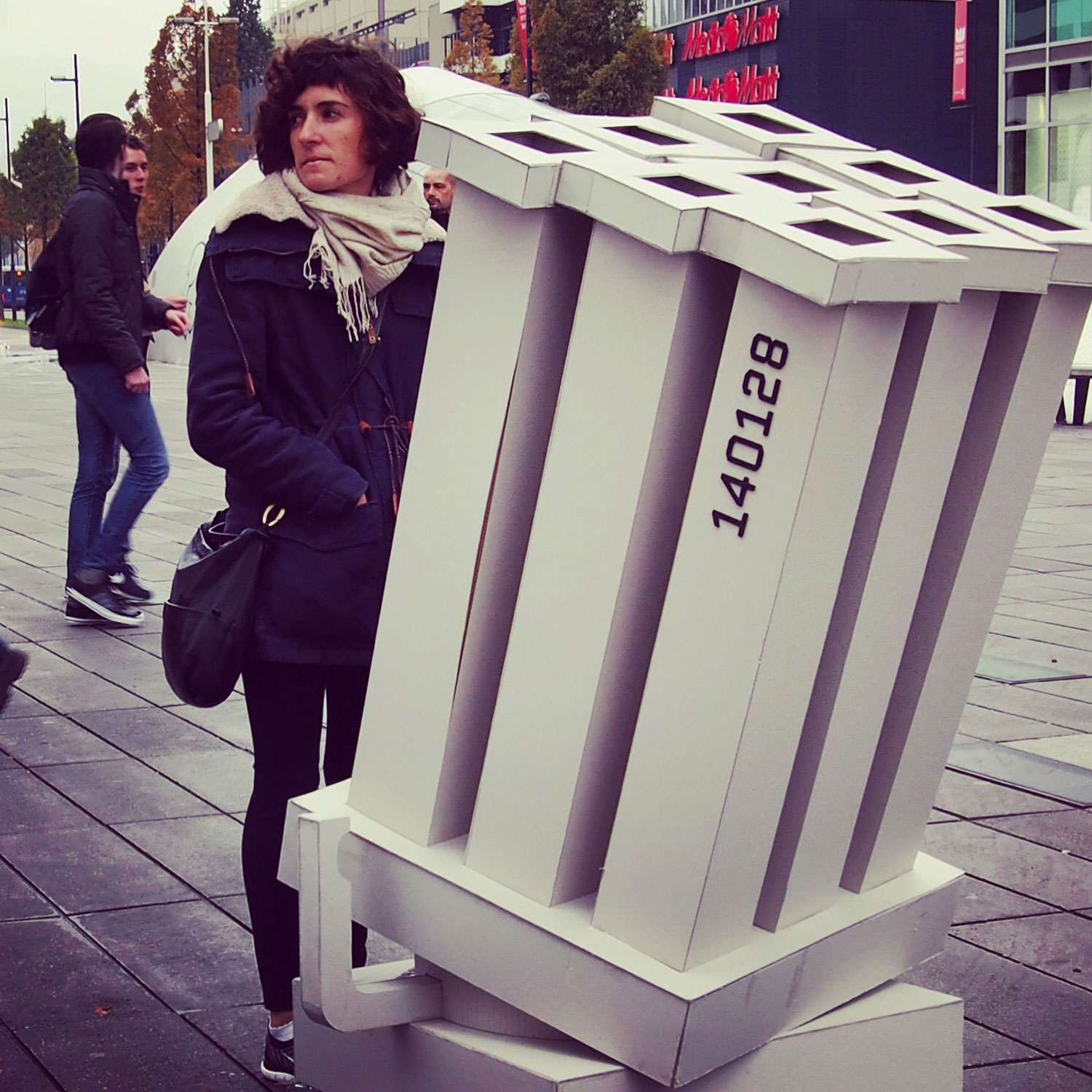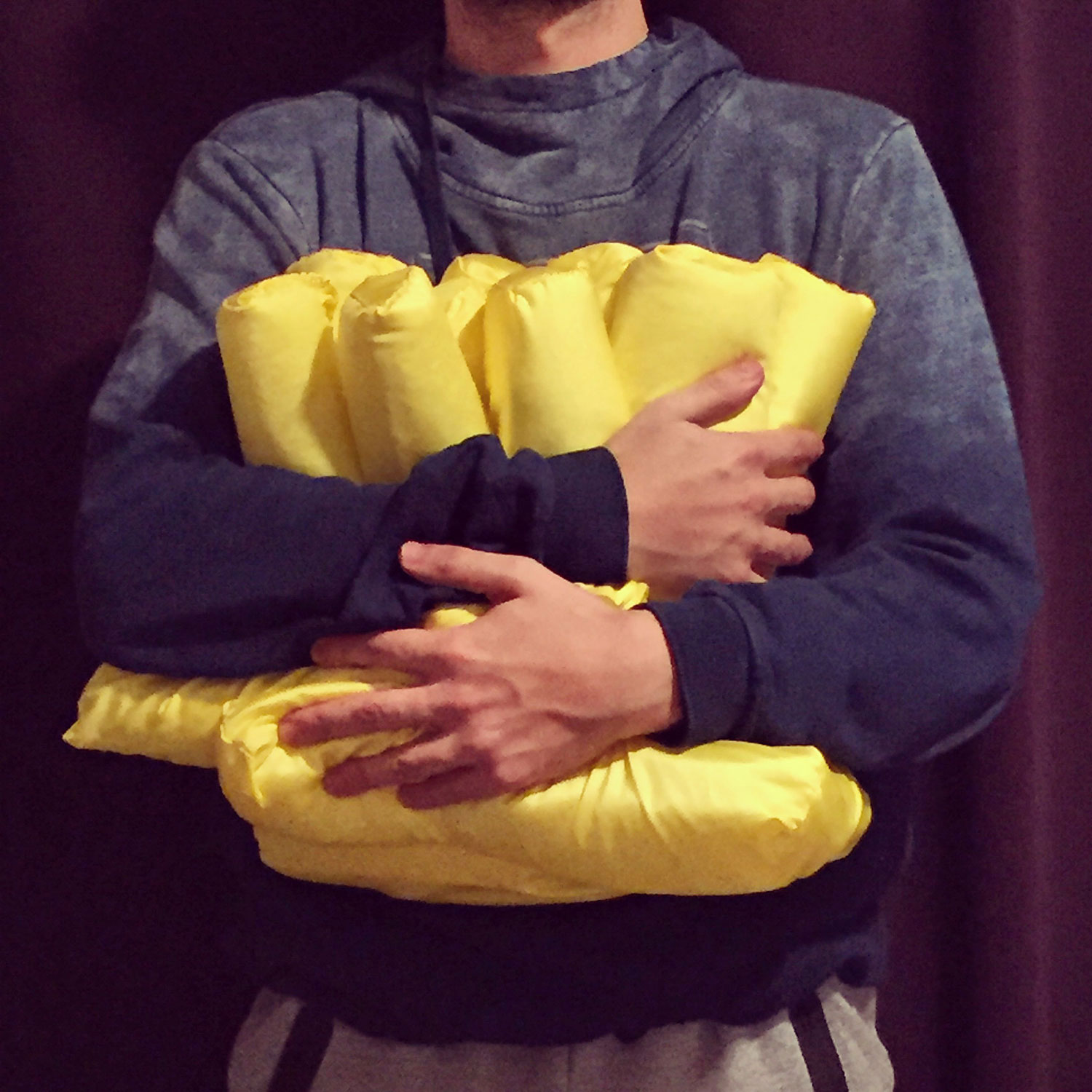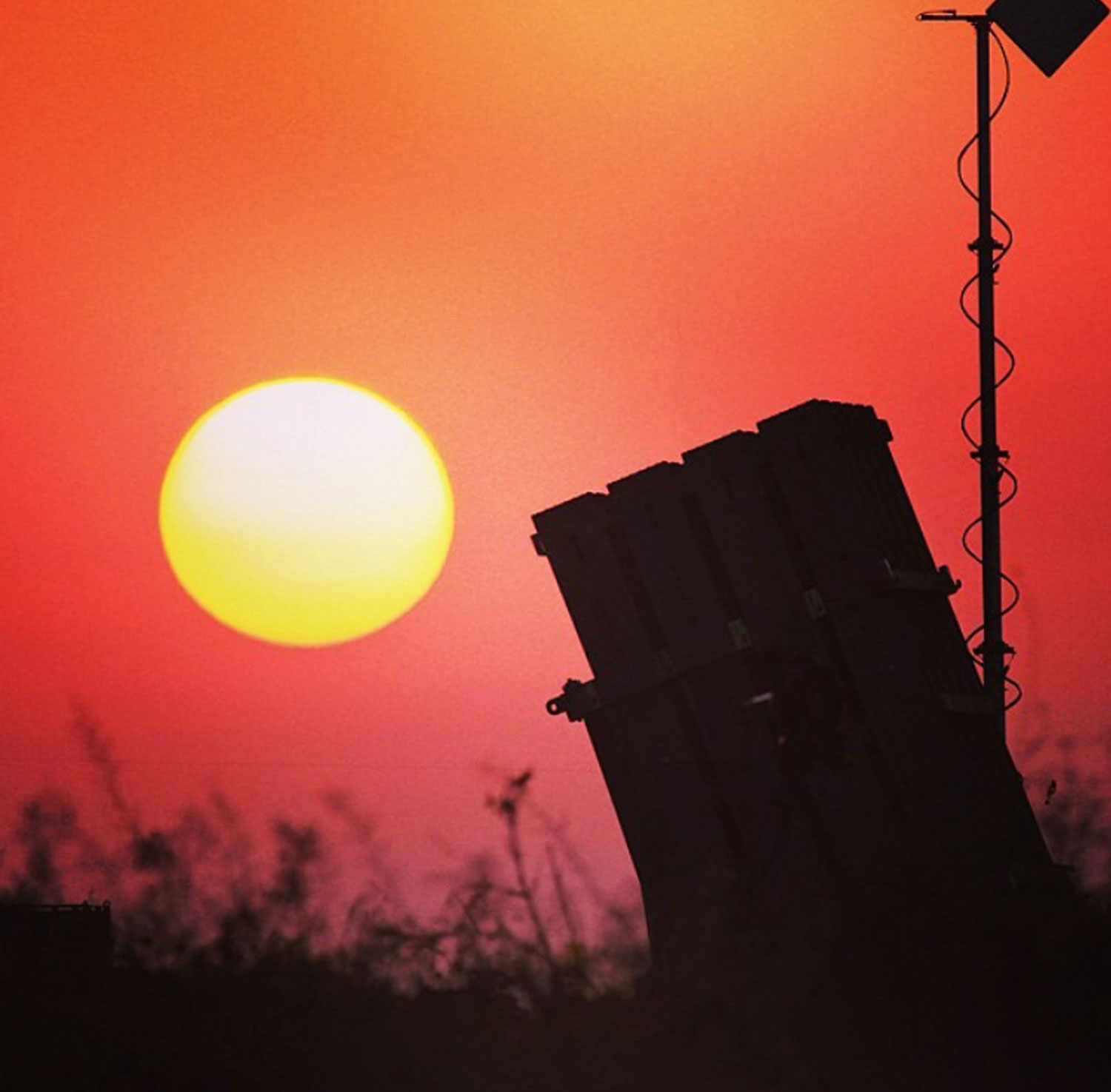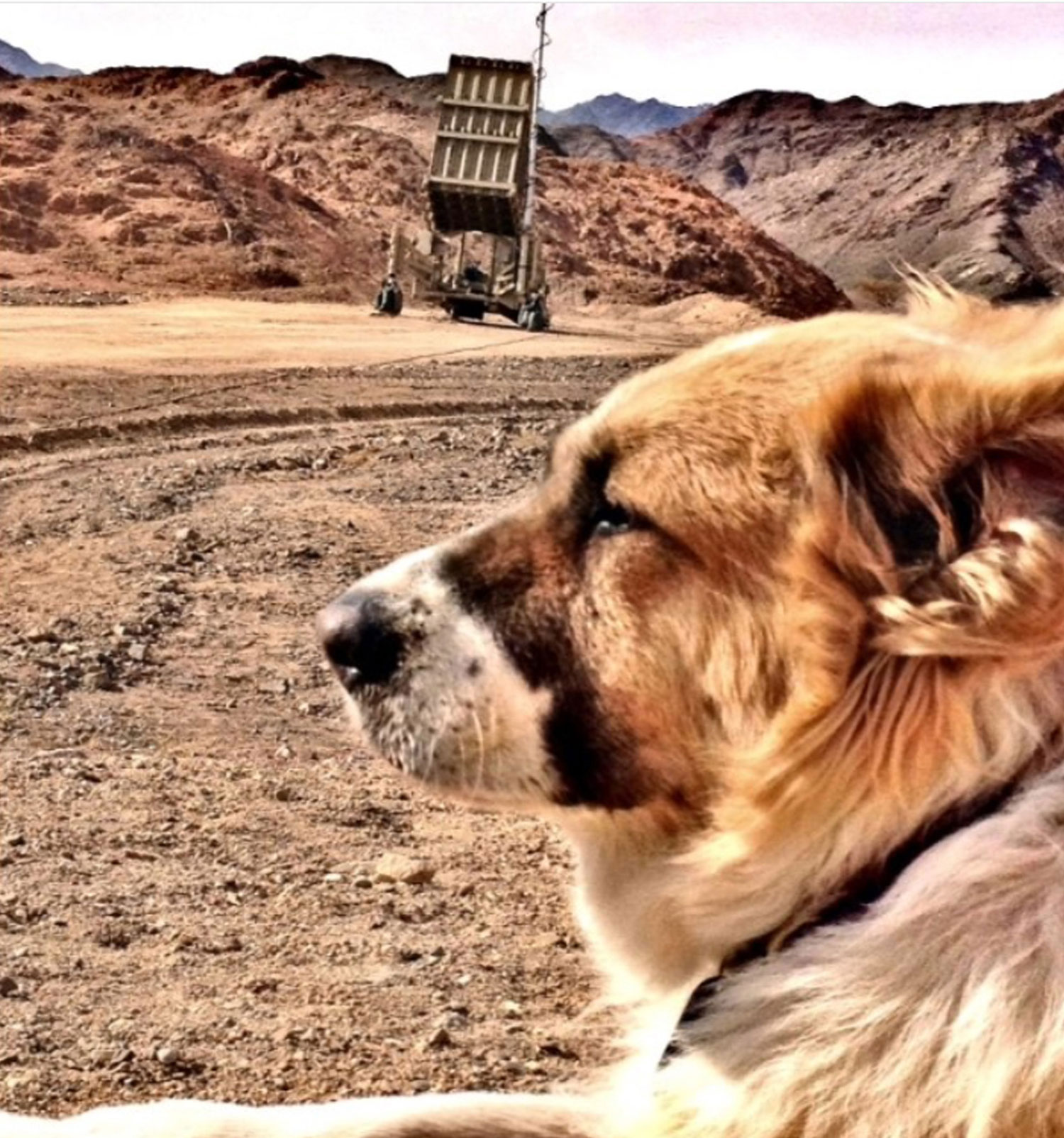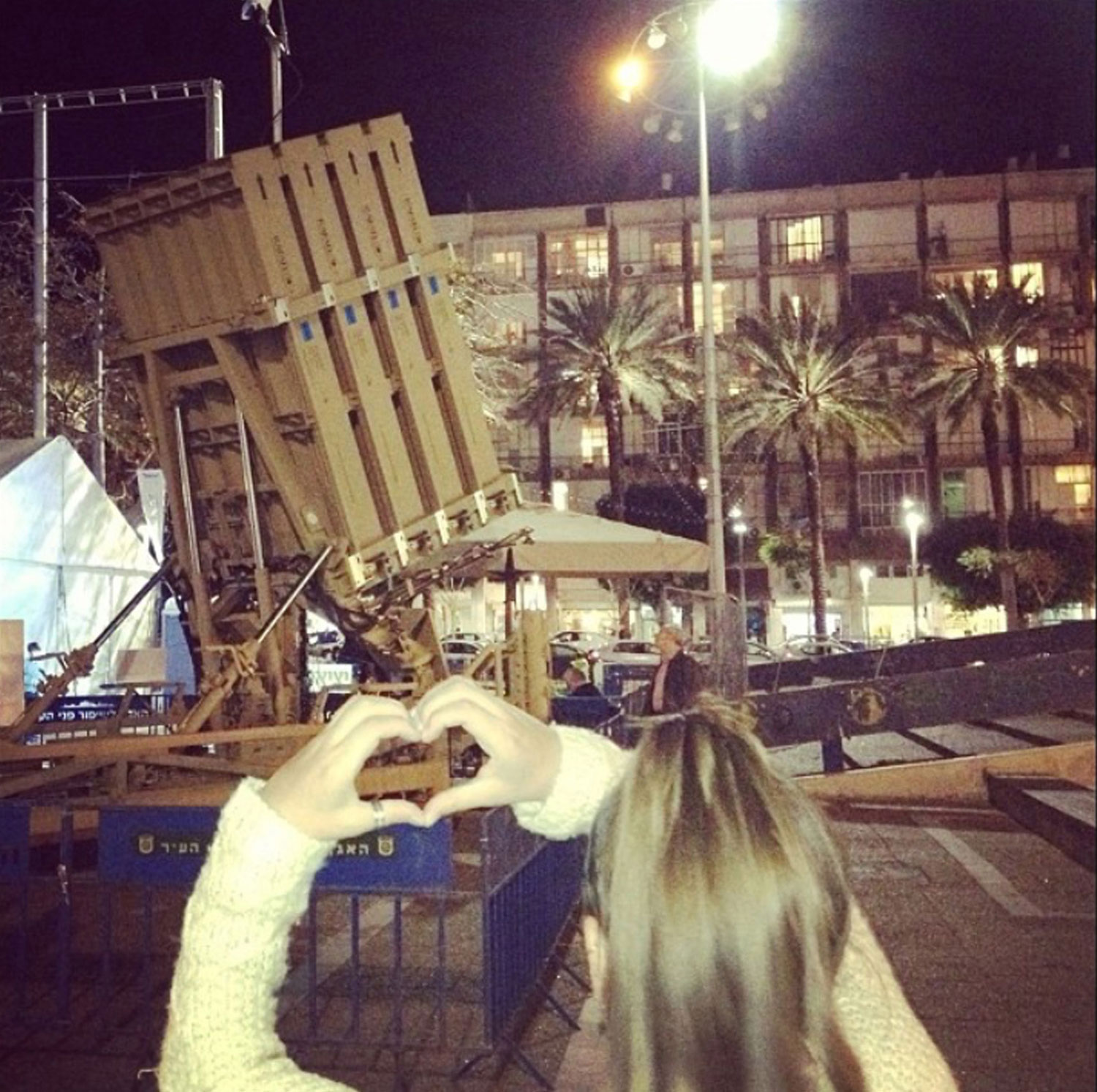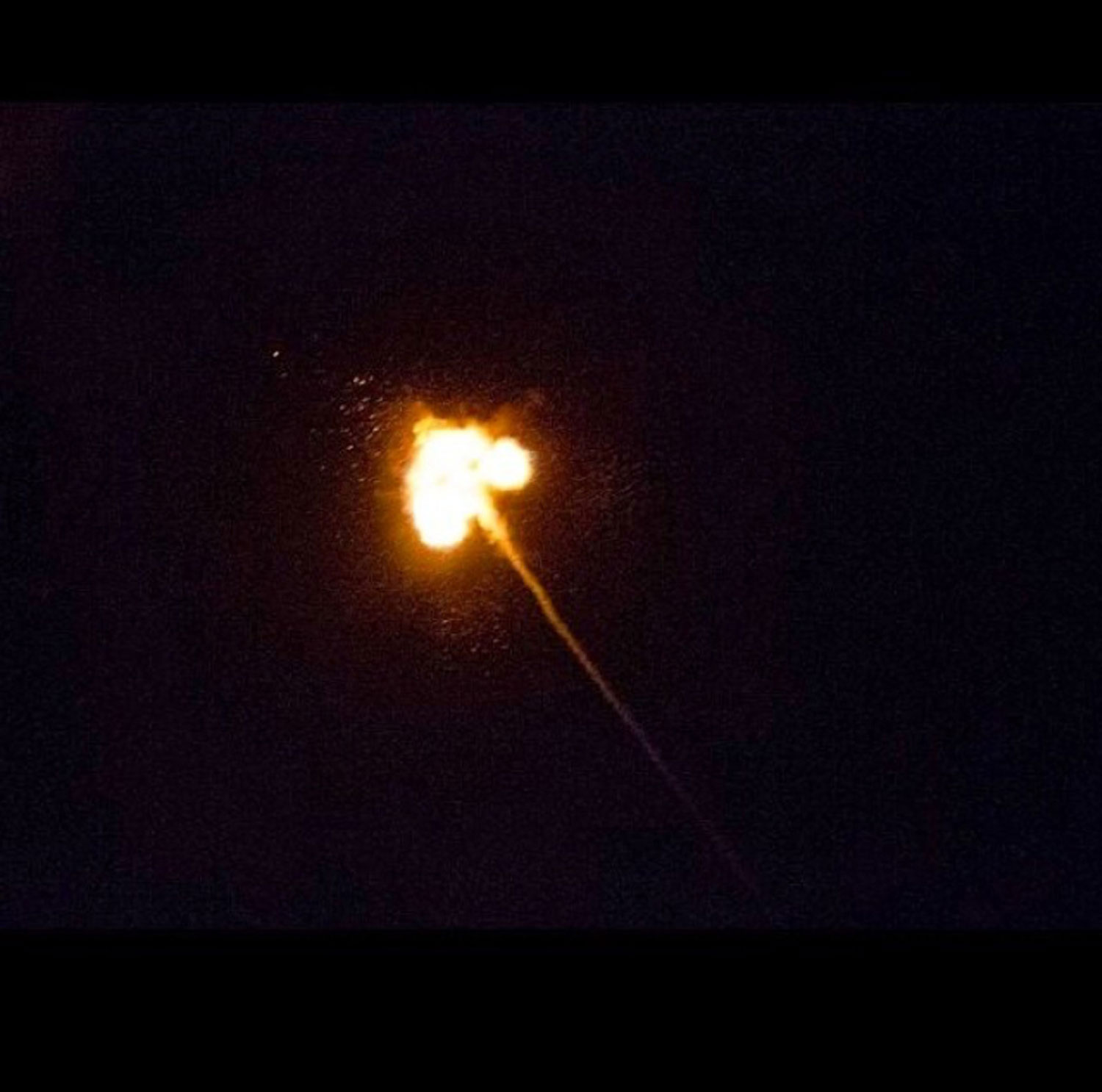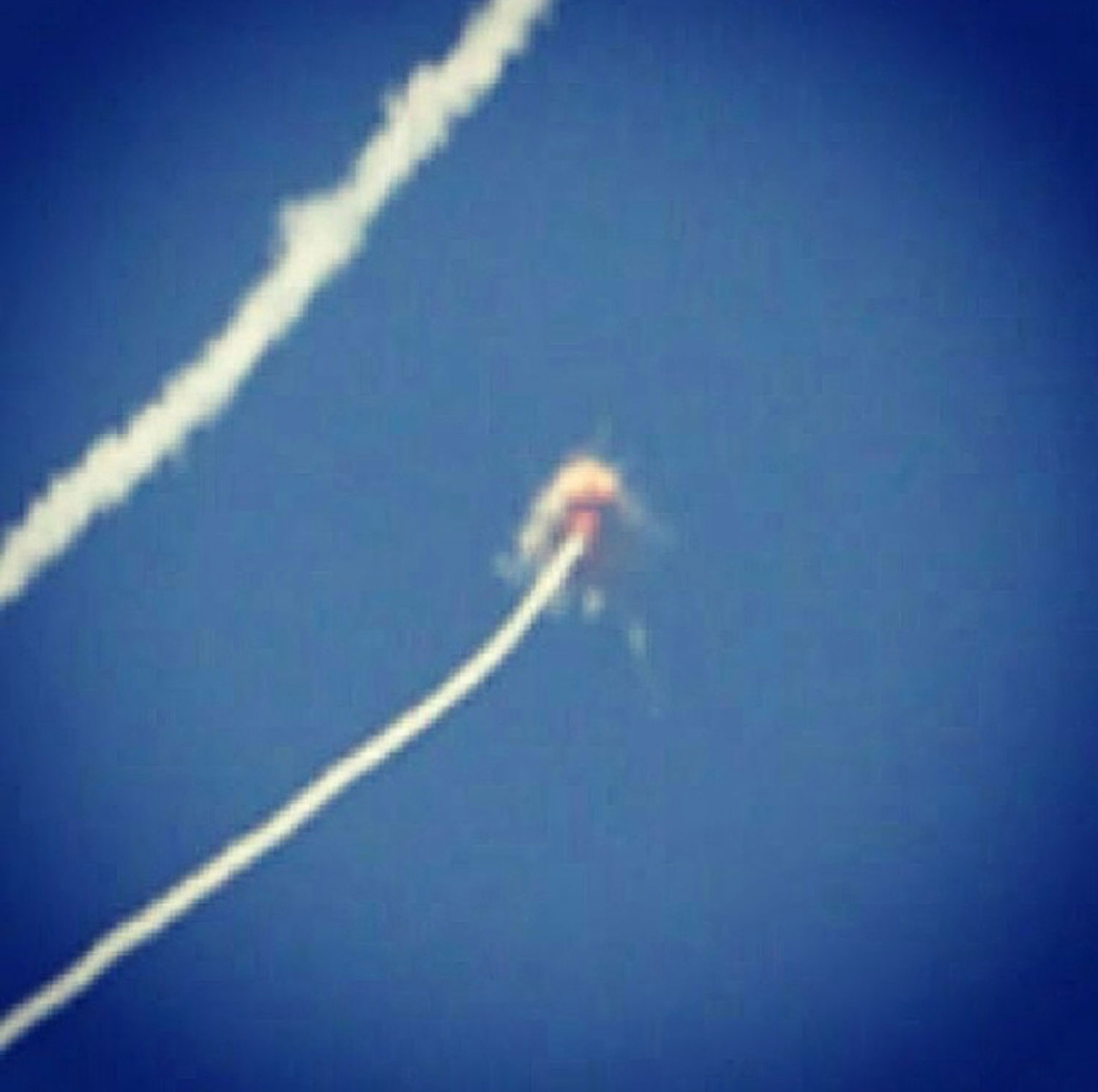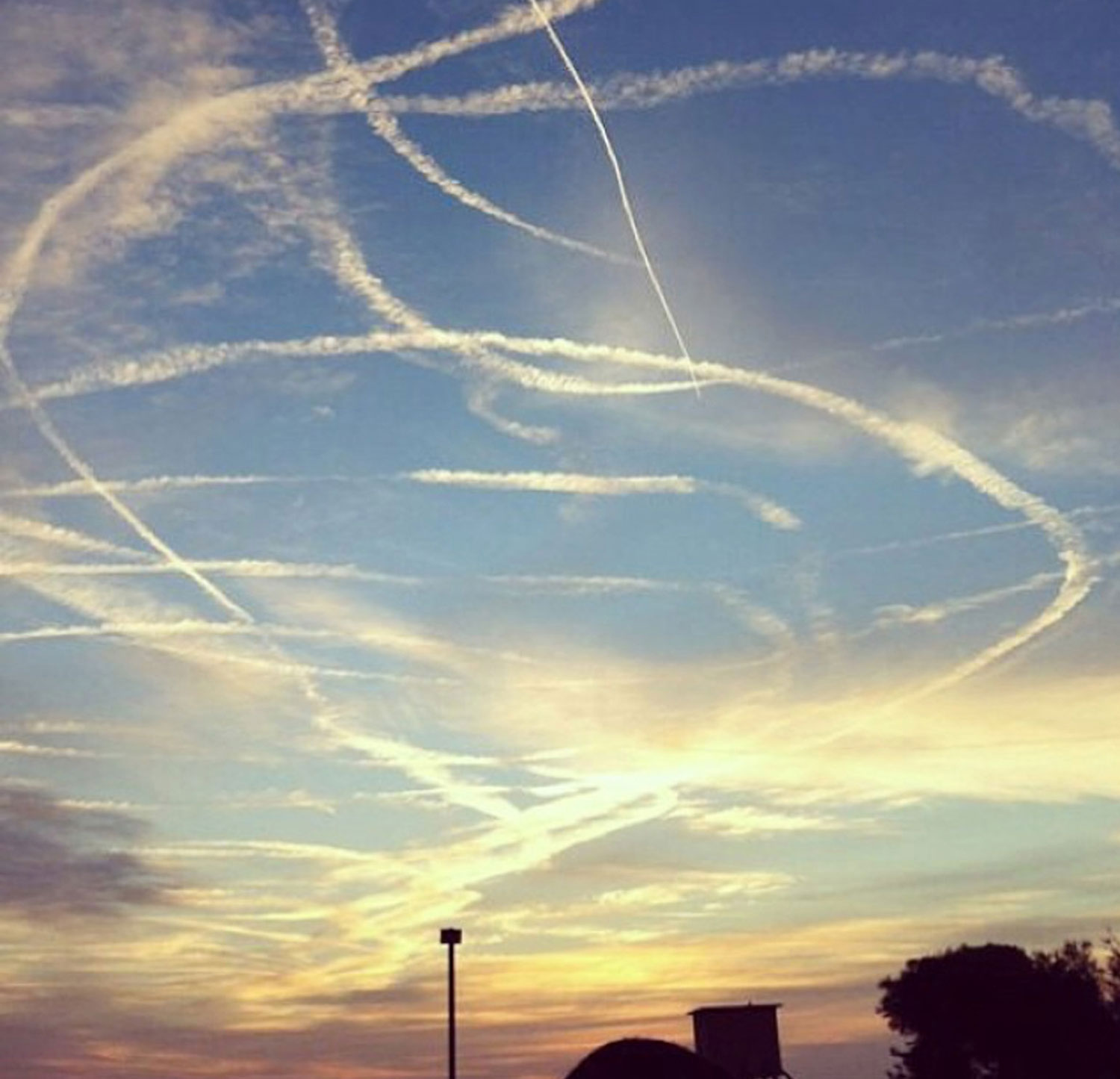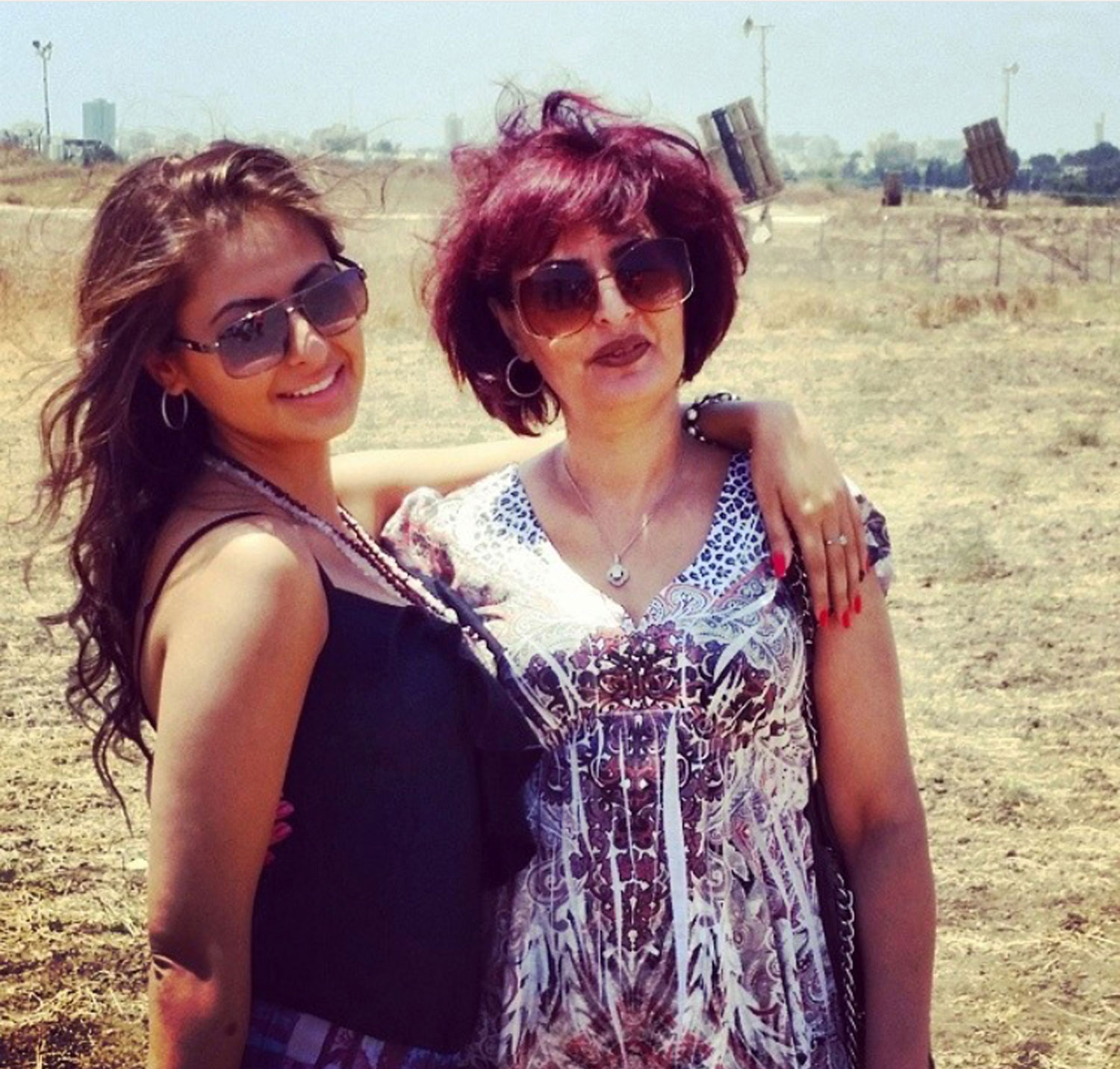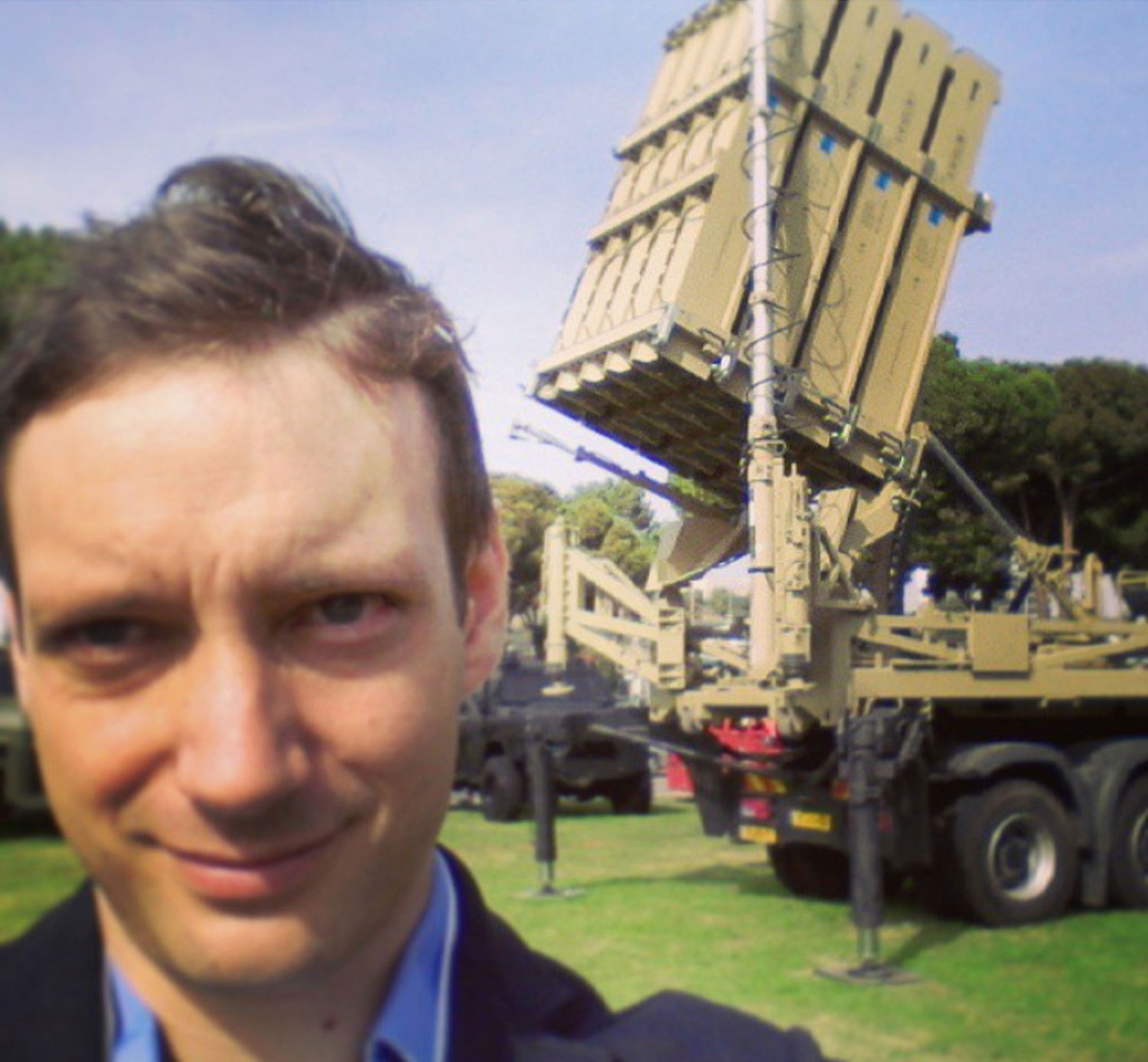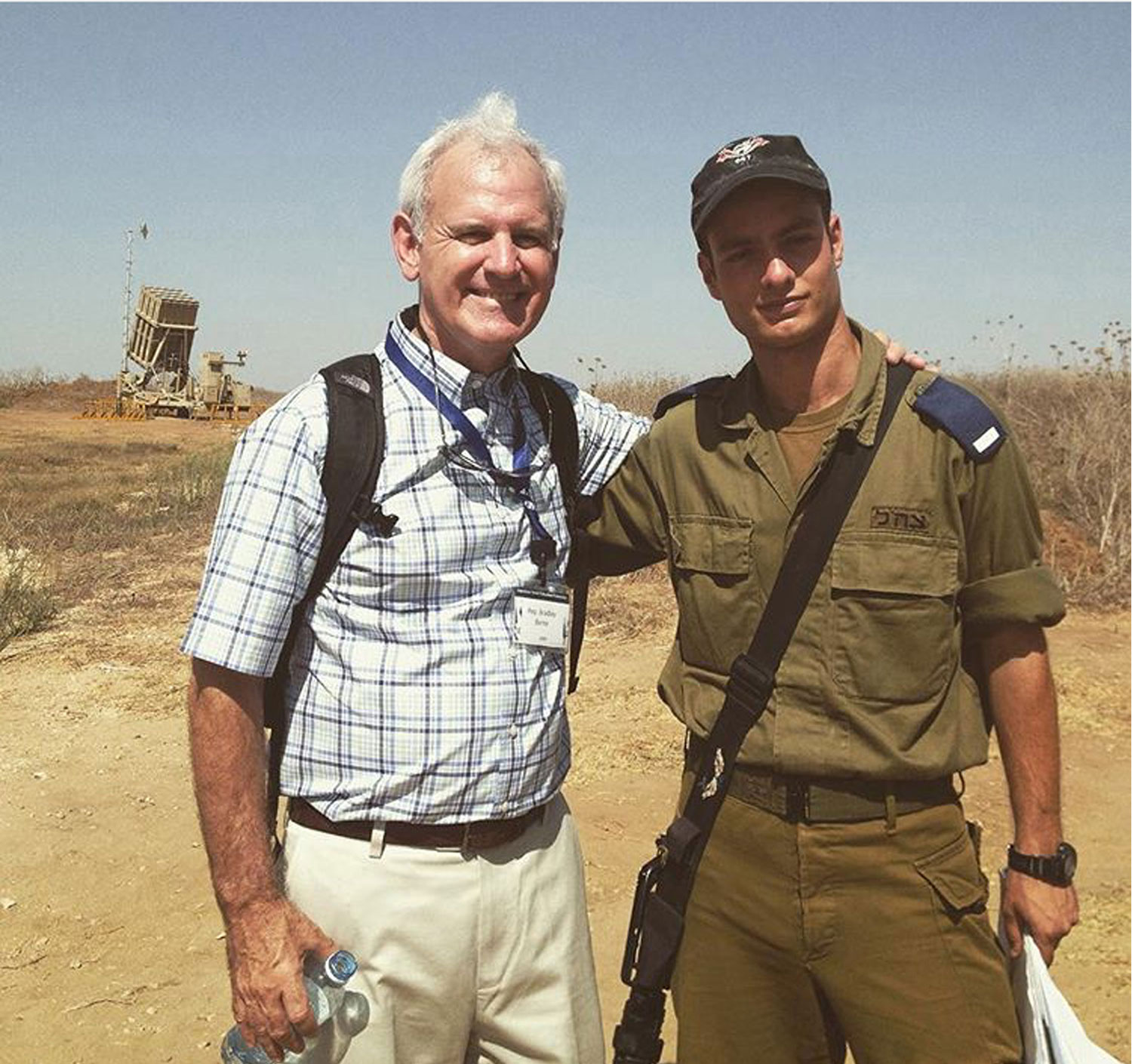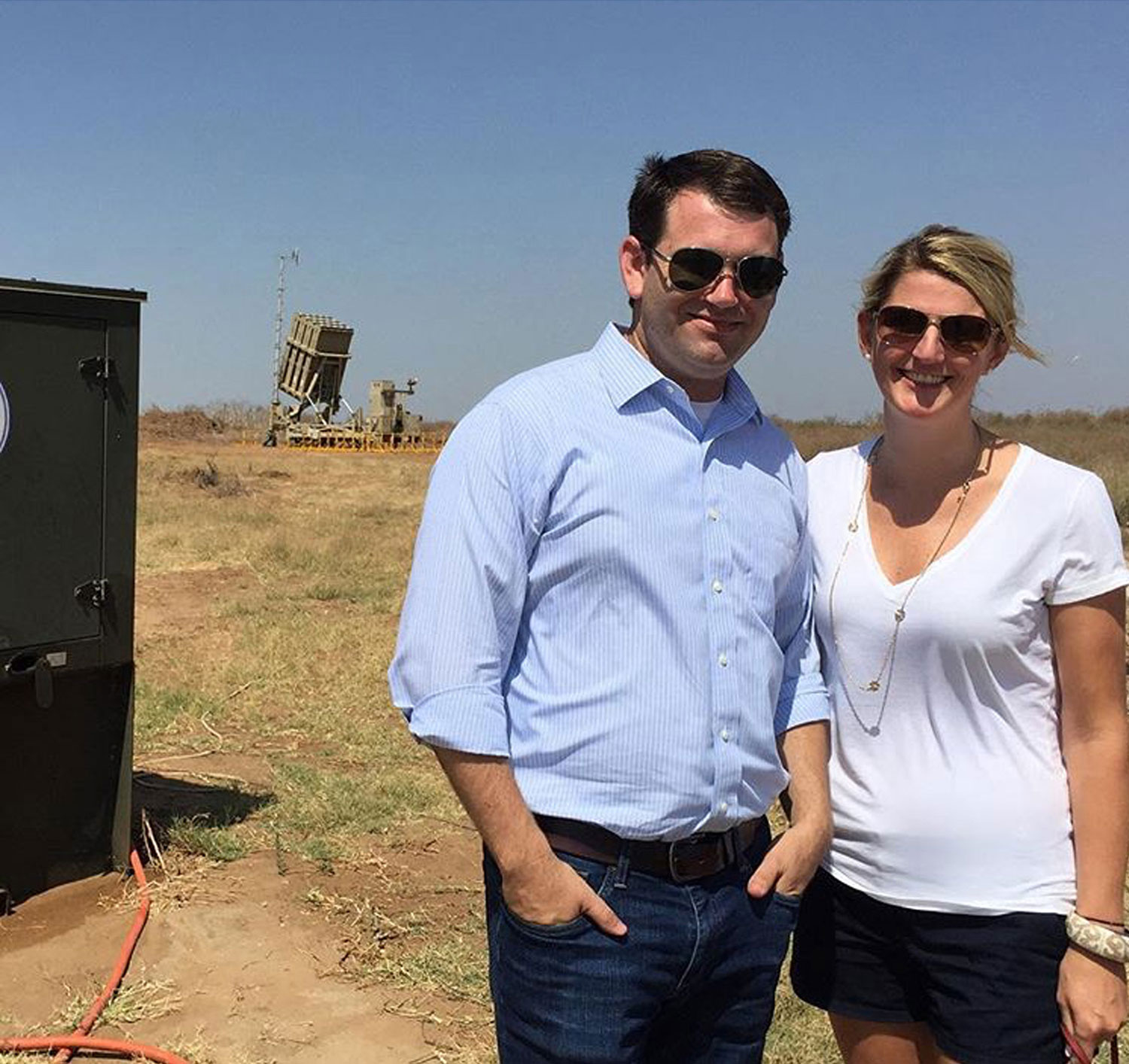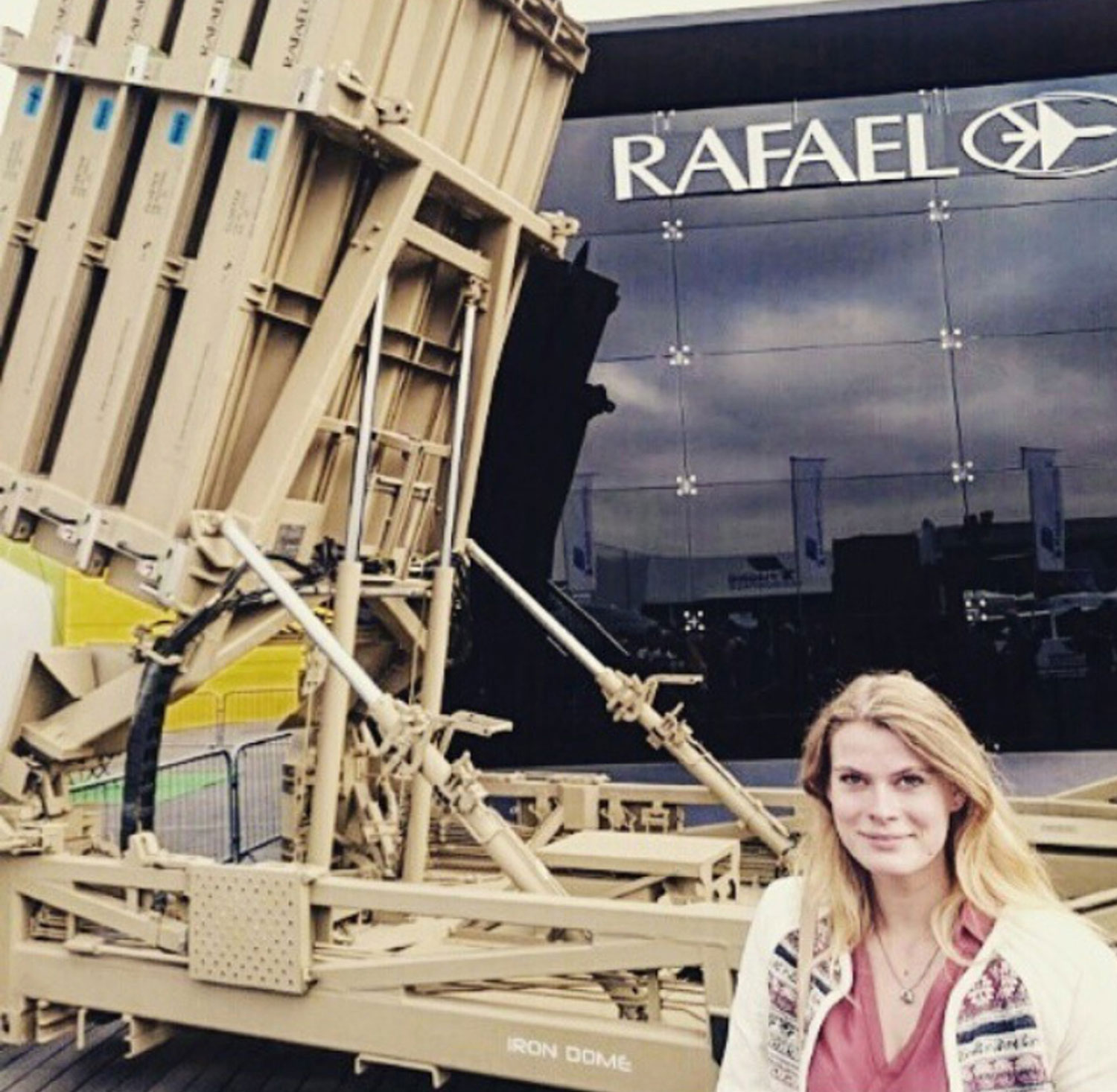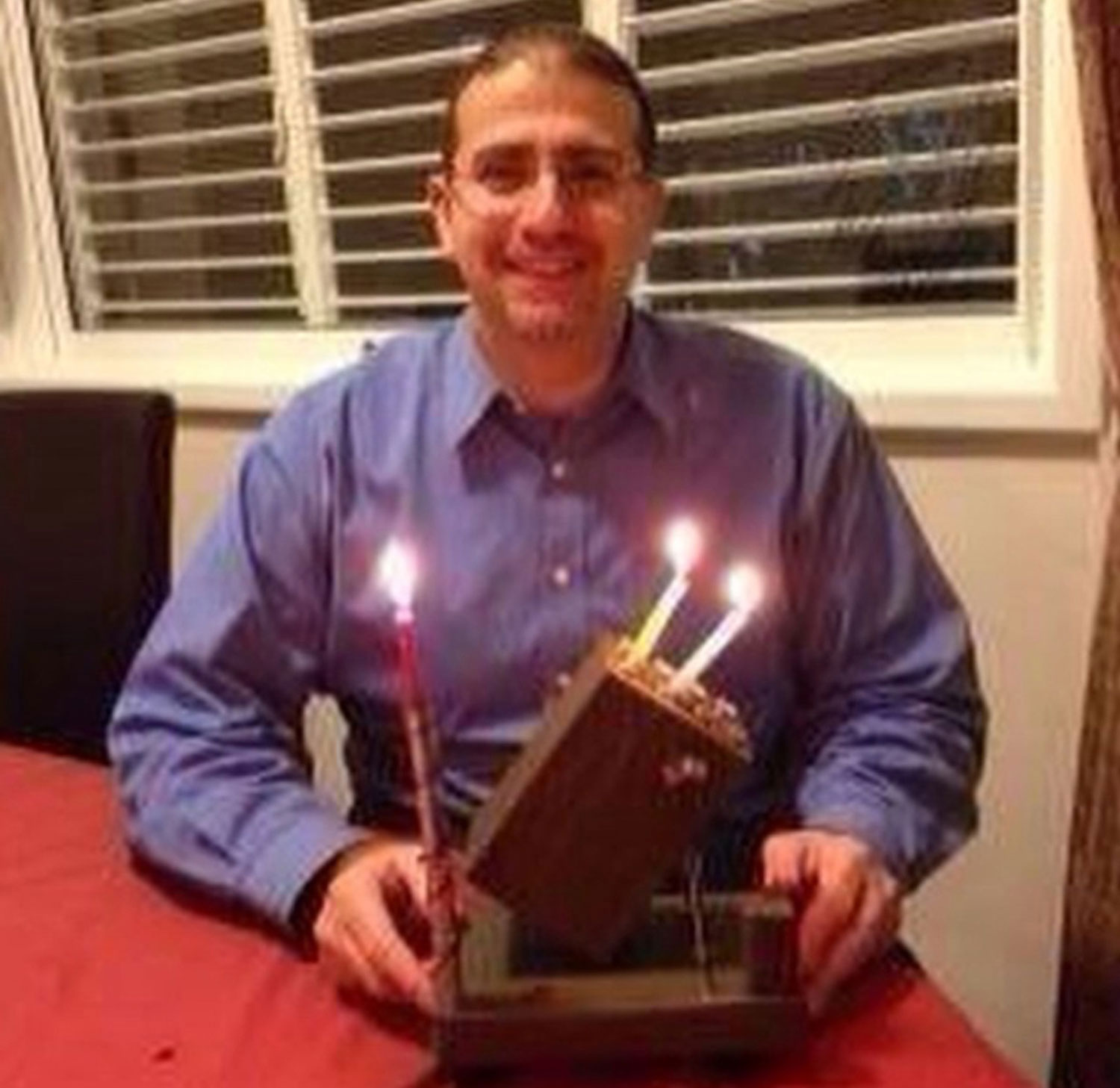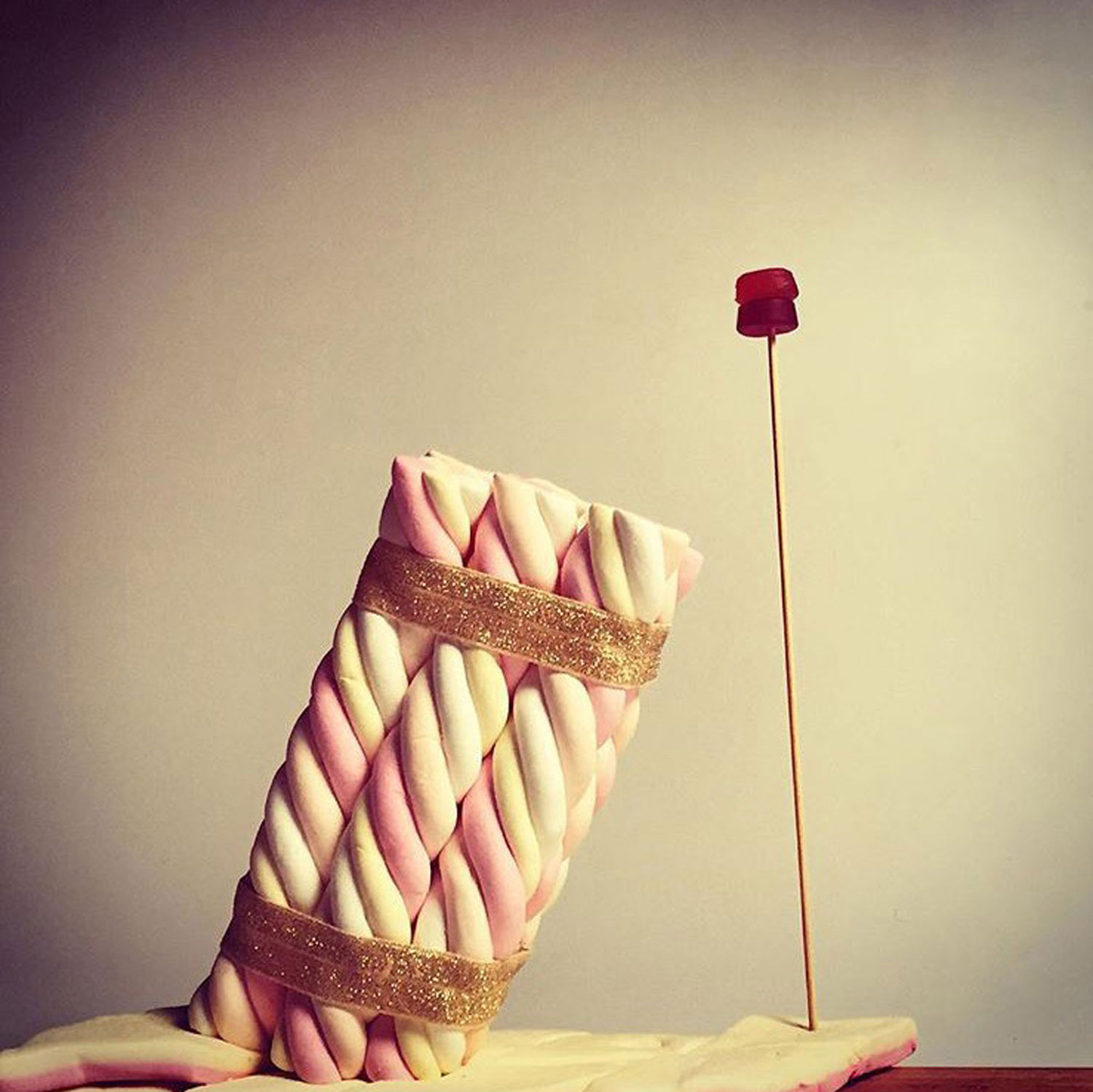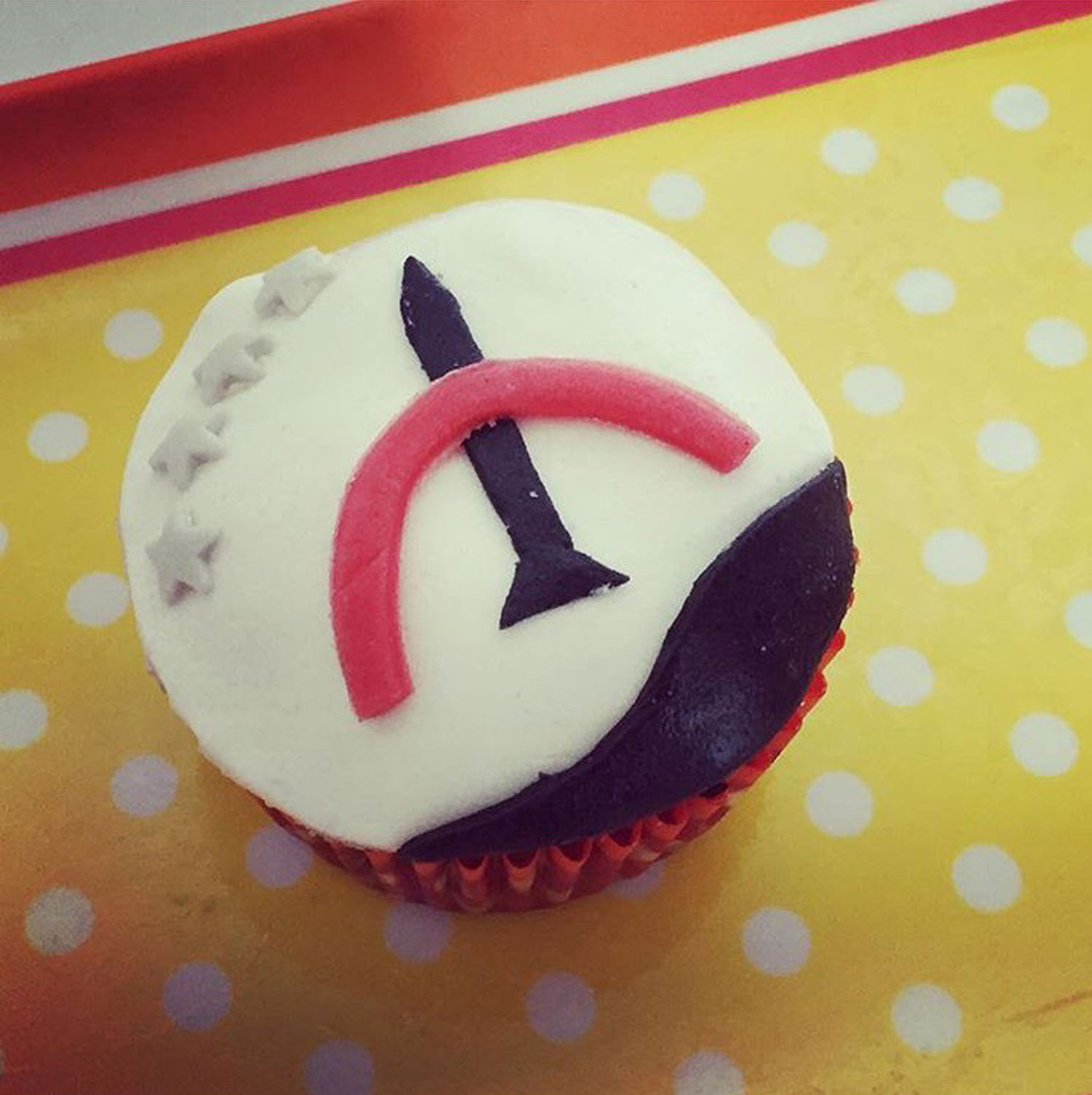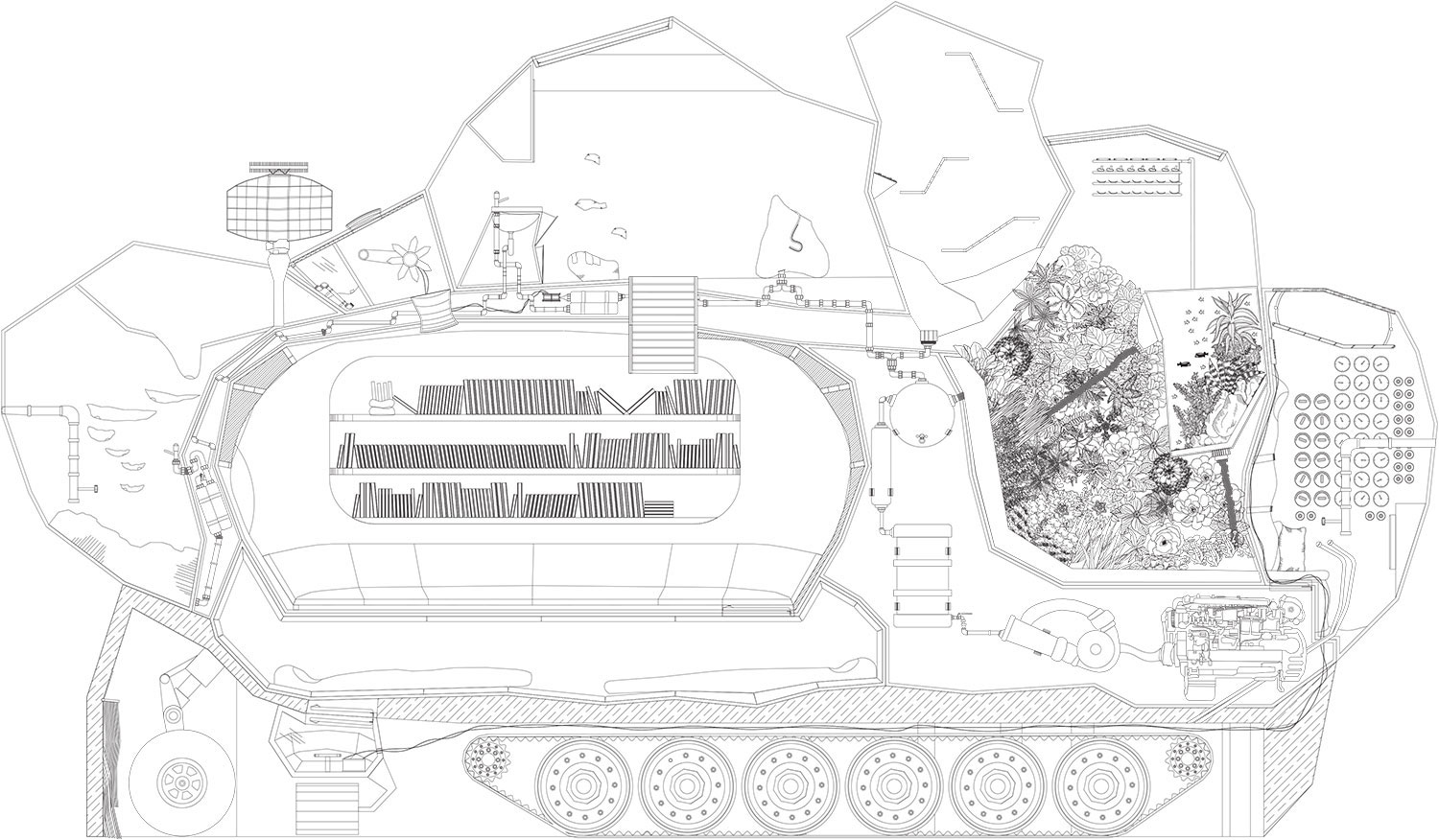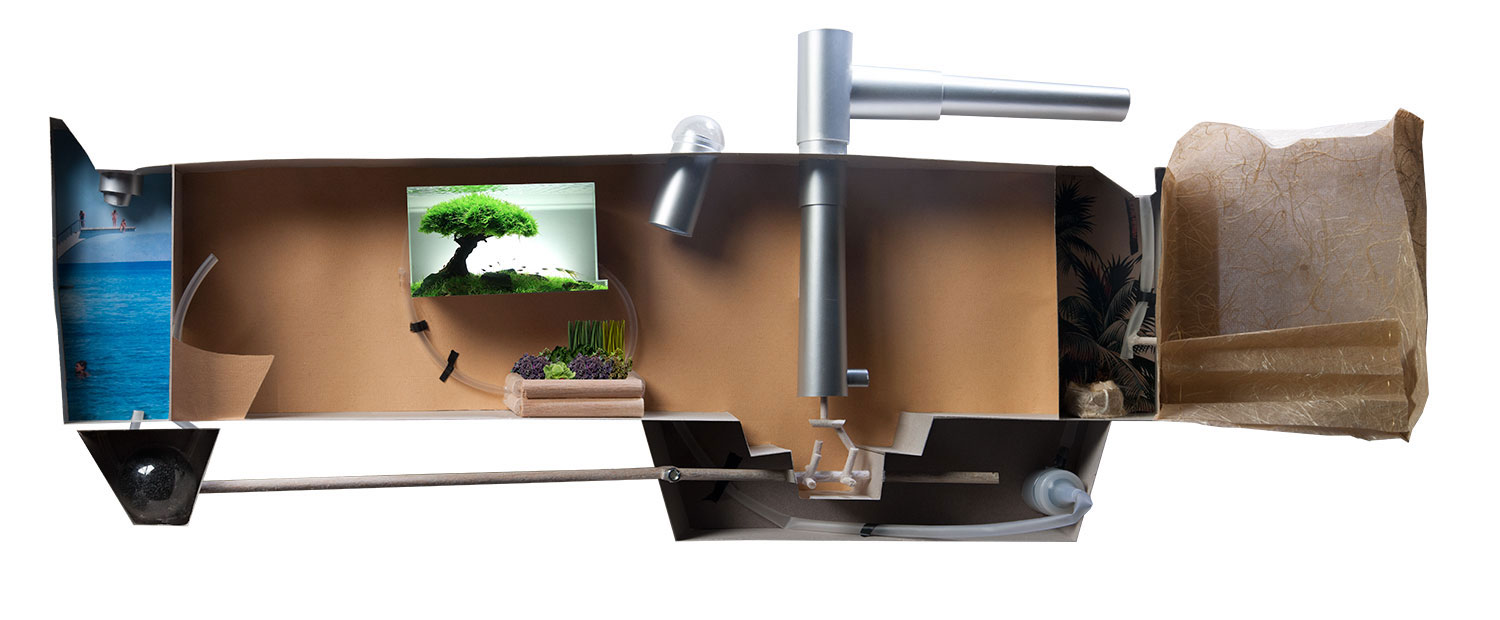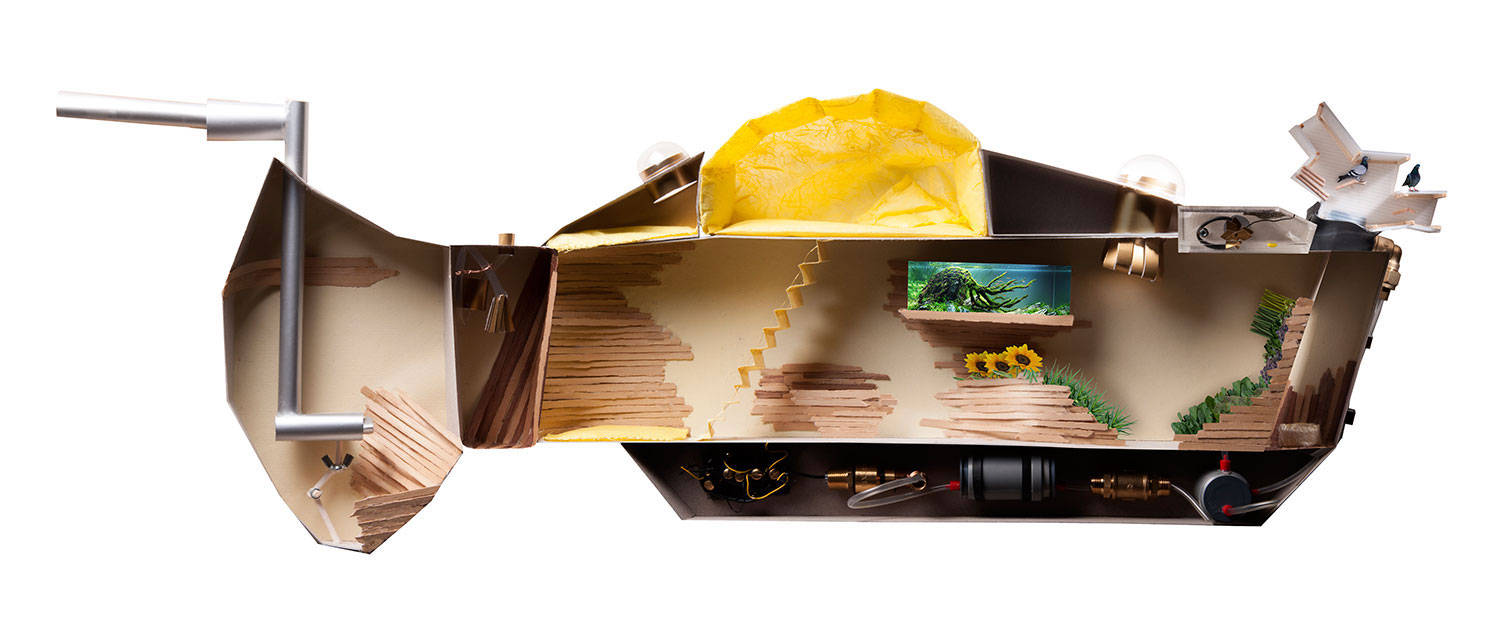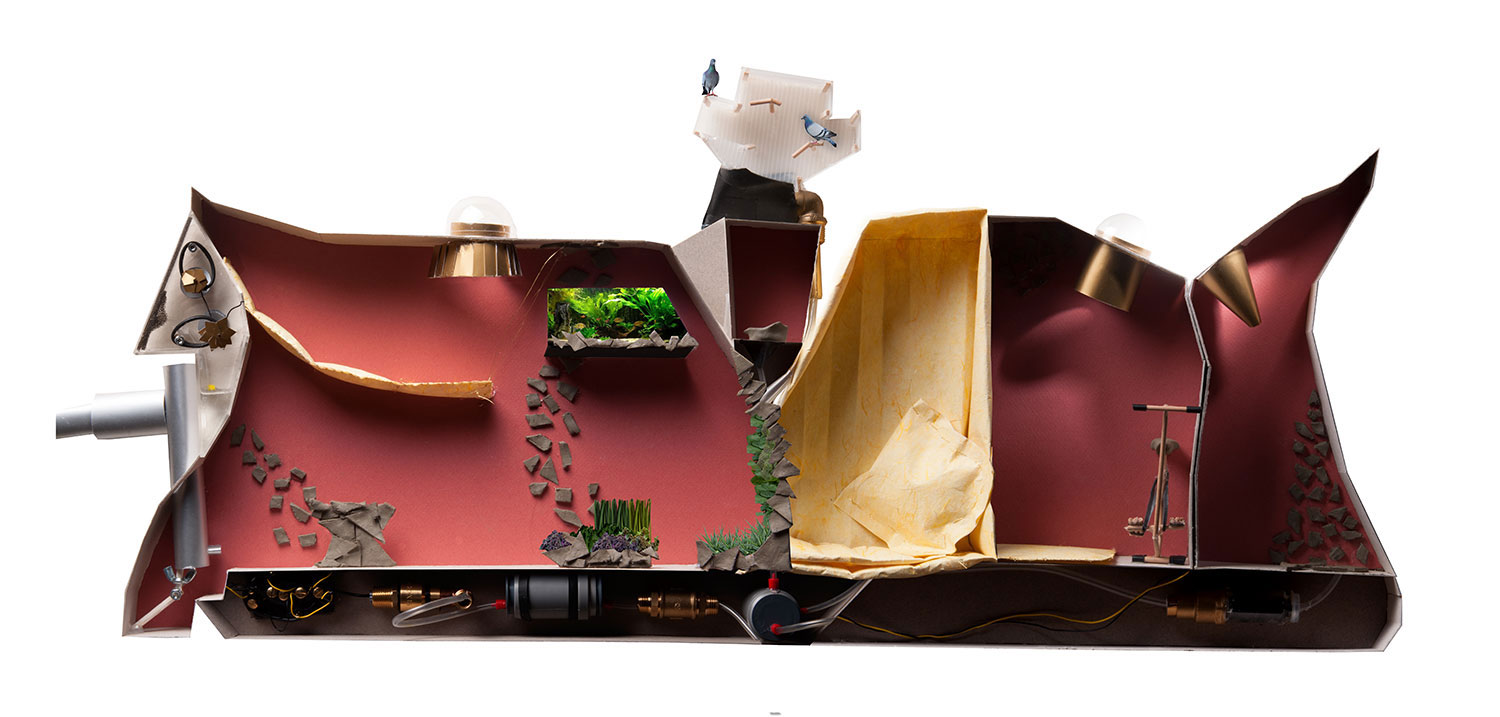“ we live in “a society of spectacle”. Each situation has to be turned into a spectacle to be real. People themselves aspire to become images. People become the representations of themselves- media. War, like everything else that appears to be real, is media. The war would be won or lost not by anything that happened in the actual field of the war, but by what happened in the media.” Susan Sontag, Regarding the pain of others.
It is a journey between fiction and reality. The journey began as an analysis of the images of the Iron Dome-mobile rocket defense system, which were found in the media and social media. the iron dome was developed in order to protect the state of Israel’s strategic assets and the citizens of Israel.
For the Israeli populace, the influence of the Iron dome’s image is far greater than the Iron Dome’s actual defense system. In such a case, the power of the ‘idea’ as represented in images brings with it serious repercussions such as the Israeli government using it in order to avoid diplomacy.
one could say the tools to maintain utopias are to foster a panic state from the outside world which its inhabitants contain.
the Israeli government creates a state of panicutopia to the citizens of Israel. The image of the Iron dome makes them feel safe and to believe everything is great. However, in reality the situation is the complete opposite. In order to engage with this strange reality, this project aims to rattle the reader between dystopia and utopia leading them through irrational acts in order for them to experience a similar reality where fact and fiction, utopia and dystopia merge. The journey is told through a path of strategic ambiguity to explore the line between fact and fiction in the media. It is a path which can facilitate change by representing conflicting sides to the same situation and still function effectively for every different side of the conflict. The use of strategic ambiguity and critical design allows this journey to stay in this border between fiction and reality. This in between state which these two methods facilitate is the perfect place to create the manifestation of Panicutopia.
The journey is being told through the eyes of the anthropologist Meggie Rotberger. Meggie, an adventurous anthropologist who works for the BBC documentary channel, carries great interest in communities, which lives outside the state infrastructure. She sets out for a journey in the Holyland to meet several communities who chose to live off the grid. These communities chose to create their own infrastructure due to the increasing racist sanctions from the government and violence which had increased in the region.
In this journey she meets three different communities which created a hybrid collage from the existing culture of the outside world with their new culture in their closed community.
The first community lives in a cave system under the center of Israel. The second, a community which decided to take advantage of Israel’s unexploited sky territory and live inside unique zeppelins. The third community is the community which started this social change, the desert arks, a self-sustained, mobile camouflaged rock which is built from old tanks and airplane parts.
made in collaboration with Jantien Roozenburg
The inhabitants are a mix between Jewish Israelis and Muslim Palestinians. They use humor and different relieving rituals to stay fulfilled and interested in their closed world. Out of fear for their desire to live together they chose to isolate themselves from the rest of the society.
Through her journey Meggie collects experiences and stories that begin to paint a picture of where panic and utopia collide.
* For an article from Meggie - Fictional journal.
Process models:


